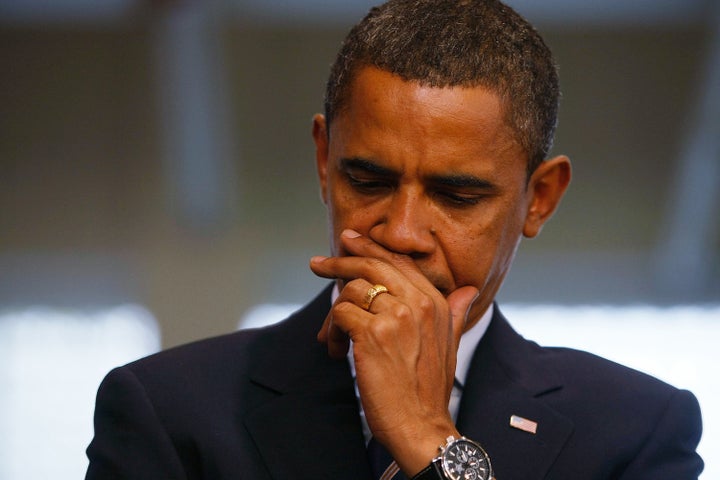
NEW YORK -- After spending much of last year relentlessly touting the benefits of a proposed $30 billion fund that would jumpstart bank lending to small businesses, the Obama administration forecasts the initiative will fall far short, spending just a little over half of the intended allotment, according to the White House's spending plan for 2012.
The proposal, known as the Small Business Lending Fund, originally would have taken $30 billion from the Troubled Asset Relief Program and diverted it to smaller banks. The move was supposed to stimulate lending by lowering the cost of funds as loan totals rise. The more a bank lends, the cheaper the funds become.
The program has faced an uphill climb. Banks are wary of taking government funds for fear of after-the-fact program changes; demand for loans remains tepid; and there's no guarantee banks would lend the money once they receive it.
The White House spending plan for next year reflects those challenges.
The administration projects it will allocate just $17.4 billion of the funds, or just 58 percent of its original goal. All of the money will be disbursed by Sept. 30, according to Treasury Department projections released Monday.
The proposal was a centerpiece of the administration's pre-election plans to boost small businesses, which have been among the hardest-hit sectors since the onset of the financial crisis.
Unlike large corporations, small businesses don't have access to the capital markets. They don't issue debt to investors nor do they raise capital on stock exchanges. Instead, they rely on banks for their funding. Small community lenders and regional banks are their primary source of credit.
But bank lending froze as consumer spending fell, business investment slowed and banks faced growing losses on bad loans.
Inside the Treasury Department, a small team worked to counter the slowdown. By January of last year, Obama was able to pitch the plan that would help smaller firms get credit and help stabilize small lenders.
The plan was to inject taxpayer funds into community banks in hopes they'd lend it to small businesses. It worked like TARP: Banks borrow cash from Treasury, and pay a small fee for the privilege. The program, though, was limited to banks with less than $10 billion in assets.
Republican critics derided it as "TARP 2.0," or a reincarnation of the deeply unpopular bank bailout. In fact, banks in TARP can refinance out of the program and into this new one, escaping the restrictions that accompanied TARP like limits on executive compensation.
Administration officials and Democrats in Congress, though, pitched it as much-needed help for small businesses.
The administration spent nine months pounding Republicans for their objections to the proposal. Last September, a little over a month to the election, Obama signed it into law.
During a speech last March to economists in Washington, Christina D. Romer, the then-chairman of the White House Council of Economic Advisers, said the $30 billion fund "will translate into several times that amount of additional lending and could help create hundreds of thousands of new jobs."
Based on administration projections released Monday, it's unclear whether the fund will achieve its original objectives.
The White House declined to comment.
Officials insist they have $30 billion to lend. The Treasury Department is in the midst of trying to sign up banks for the fund, but bankers have said they're reluctant to accept any more taxpayer money.
Meanwhile, the government watchdog overseeing the bailout, the Special Inspector General for the Troubled Asset Relief Program, said earlier this month it would immediately audit the program.
*************************
Shahien Nasiripour is a business reporter for The Huffington Post. You can send him an e-mail; bookmark his page; subscribe to his RSS feed; follow him on Twitter; friend him on Facebook; become a fan; and/or get e-mail alerts when he reports the latest news. He can be reached at 646-274-2455.
